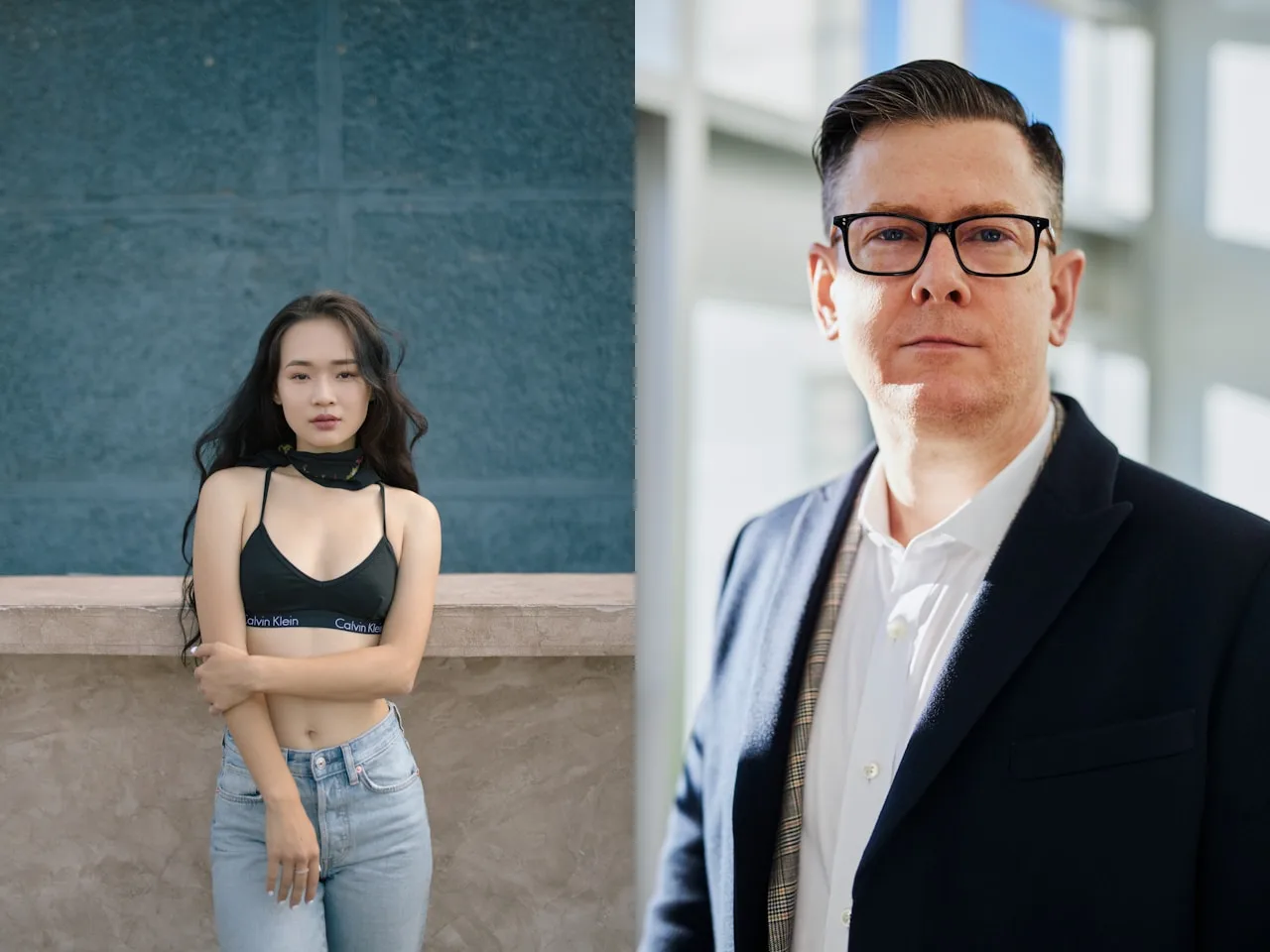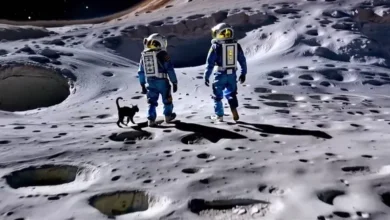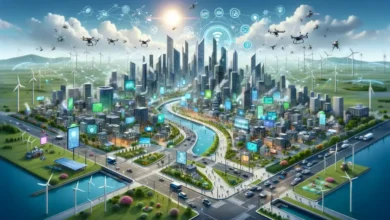AI Kissing Videos: The New Trend Shaking Up Social Media
AI has revolutionized digital content creation, from deepfake technology to AI-generated art and videos. One of the latest trends catching fire on social media is AI Kissing Videos—AI-powered animations that bring static images to life, making them appear as if they are engaging in a kiss.
These videos have sparked excitement, curiosity, and even controversy, as people experiment with AI to create personalized or fictional romantic moments. Social media platforms are filled with viral AI-generated kissing clips, with influencers, content creators, and casual users all jumping on the trend. But what exactly is fueling this popularity? How do AI kissing videos work, and what implications do they hold for the future of AI-generated content?
How AI Kissing Videos Work
AI Kissing Video Generator leverage deep learning techniques such as motion synthesis, facial animation, and video interpolation to transform static images into fluid, lifelike kissing scenes. These videos are typically generated using advanced AI models trained on massive datasets of human expressions and movements.
The process usually follows these steps:
- Image Input: The user uploads one or more images of faces.
- AI Processing: The AI analyzes facial features, expressions, and potential movement trajectories.
- Motion Generation: Using deepfake or GAN (Generative Adversarial Networks) technology, the AI synthesizes natural-looking lip and head movements to create the illusion of a kiss.
- Final Video Output: The AI renders a short video where the two characters appear to kiss convincingly.
This technology is similar to AI-powered talking photo generators and deepfake tools but is specifically designed to replicate affectionate gestures realistically.
Why Are AI Kissing Videos So Popular?
1. Viral Social Media Appeal
AI Kissing Videos have gained immense traction on platforms like TikTok, Instagram, and Twitter, where short, visually engaging content thrives. Users share their AI-generated kisses as part of trending challenges, making the trend spread rapidly. The interactive and surprising nature of these videos makes them ideal for social media engagement.
2. Personalized & Fantasy Creations
One major reason for the surge in AI kissing video popularity is the ability to create personalized content. People use AI to animate themselves with their partners, crushes, celebrities, or even fictional characters. This makes AI-generated romance a new form of creative expression, allowing users to see moments that might not be possible in real life.
3. AI-Driven Entertainment & Roleplay
Many content creators and gamers integrate AI Kissing Videos into storytelling, fan edits, and virtual romance simulations. Fans of movies, anime, and K-pop, for example, use this technology to create “what-if” scenarios featuring their favorite stars or fictional pairings.
4. Accessibility & Ease of Use
With user-friendly AI platforms such as Deevid AI and other AI video generators, anyone can create AI Kissing Videos with just a few clicks. Unlike traditional animation, which requires expertise in video editing, AI automates the process, making it fast, simple, and accessible to a broad audience.
5. Curiosity and Novelty Factor
AI-generated videos, especially those involving human-like expressions and movements, naturally spark curiosity. The ability to create realistic yet artificial intimate moments fascinates users, leading them to experiment with AI-generated romance.
The Controversy and Ethical Concerns
While AI Kissing Videos are fun and entertaining, they also raise some ethical concerns:
1. Privacy & Consent Issues
One of the biggest controversies surrounding AI-generated videos is the potential misuse of personal images. If AI can generate a kissing video from a single photo, there’s a risk that people’s images could be used without their consent. This raises questions about digital identity and privacy rights.
2. Deepfake-Related Concerns
Although most AI Kissing Video is made for harmless entertainment, the technology behind them shares similarities with deepfake AI, which has been misused in the past for misinformation, fake news, and non-consensual content creation. The ease of access to such tools might lead to unethical applications.
3. The Blurred Line Between Reality & AI
AI-generated content is becoming increasingly hyper-realistic, making it harder to distinguish between real and artificial videos. This leads to concerns about the manipulation of digital media and the potential for AI-generated deception in social interactions.
The Future of AI-Generated Romantic Content
The rise of AI Kissing Videos is just the beginning of a larger trend in AI-generated romantic and emotional content. Here are some potential future developments:
- AI-Generated Love Stories: AI could evolve to generate full-length, interactive romantic animations based on user input.
- Hyper-Realistic Virtual Dating: AI might power VR and AR-based romantic simulations, where users can experience digital relationships more immersively.
- AI Companions & Virtual Lovers: Chatbots and AI avatars with emotional intelligence could become more sophisticated, further blurring the lines between AI-generated affection and real-world relationships.
While these advancements offer exciting possibilities, they also necessitate discussions around ethics, regulation, and responsible AI usage to ensure that AI remains a tool for creative expression rather than manipulation.
Conclusion
AI Kissing Videos have emerged as a viral sensation, blending technology, entertainment, and social media culture into an innovative trend. Whether viewed as a fun AI experiment or a steppingstone toward more advanced AI-generated interactions, these videos highlight the growing role of artificial intelligence in shaping digital creativity. As AI continues to push the boundaries of visual storytelling and emotional simulation, it’s crucial to consider both the exciting possibilities and ethical implications of AI-generated romance. Whether AI kisses remain a temporary trend or evolve into something more significant, one thing is clear—AI is transforming the way we create and experience digital affection.





